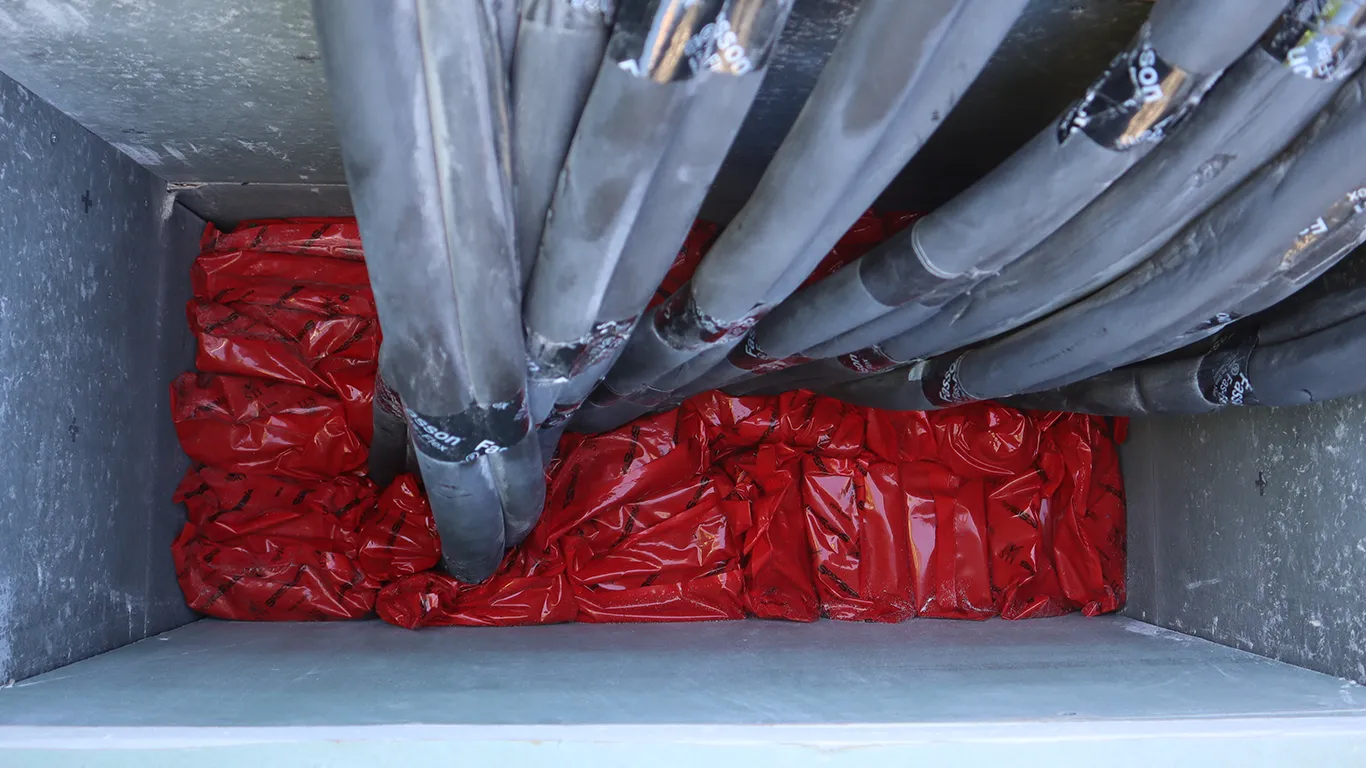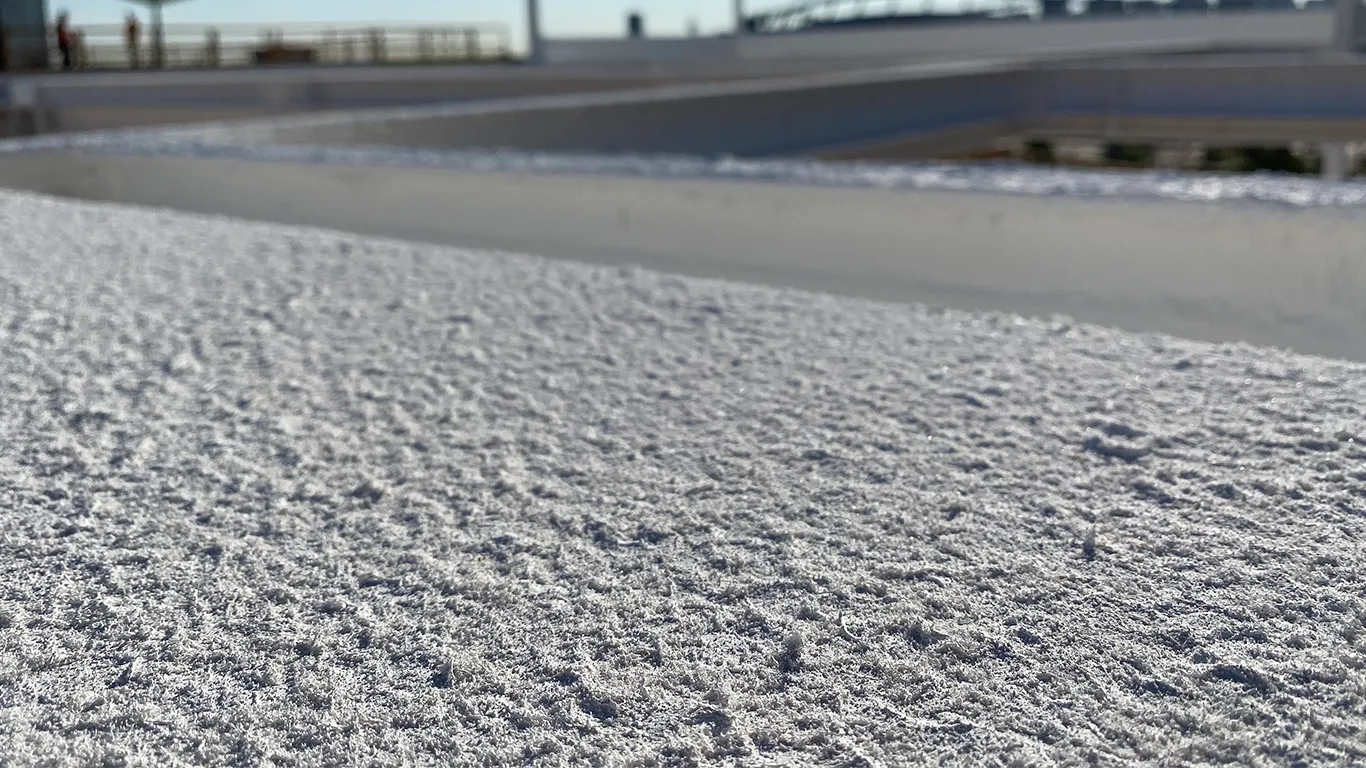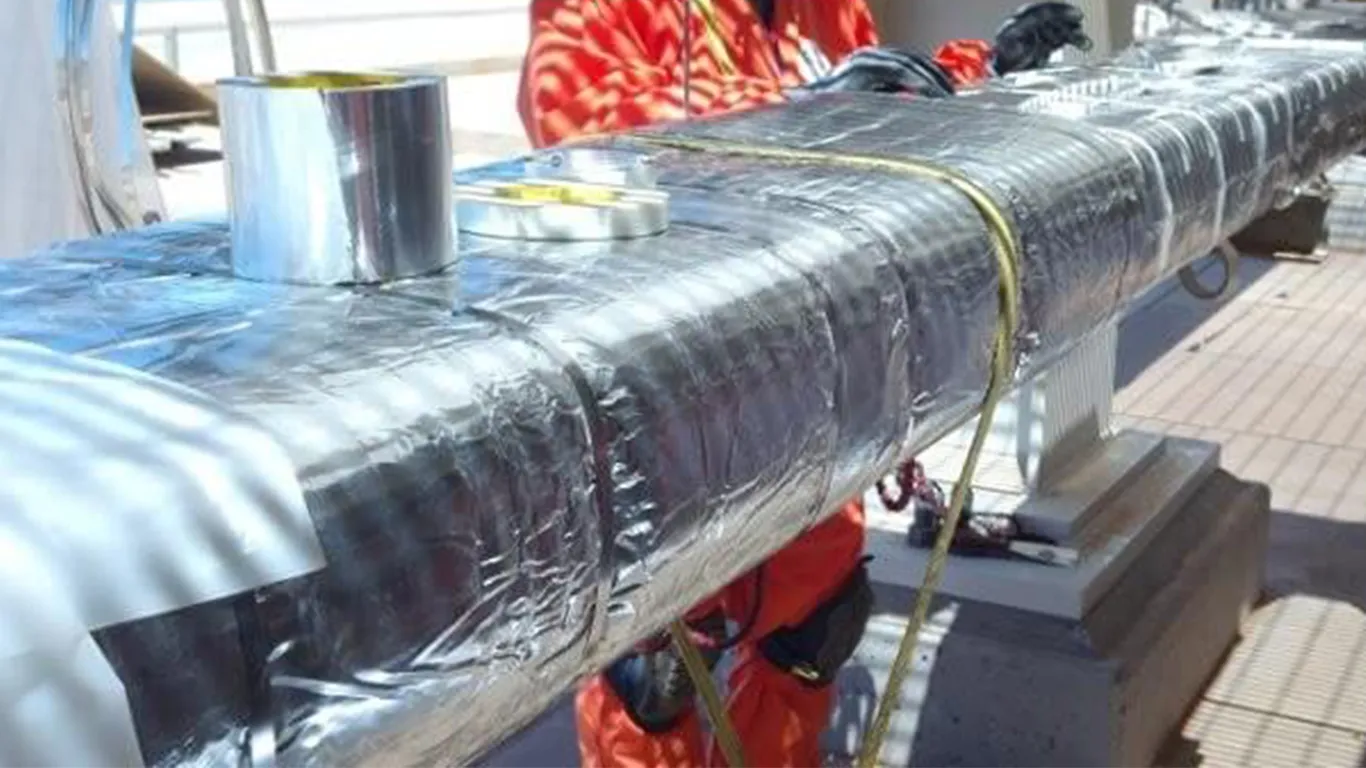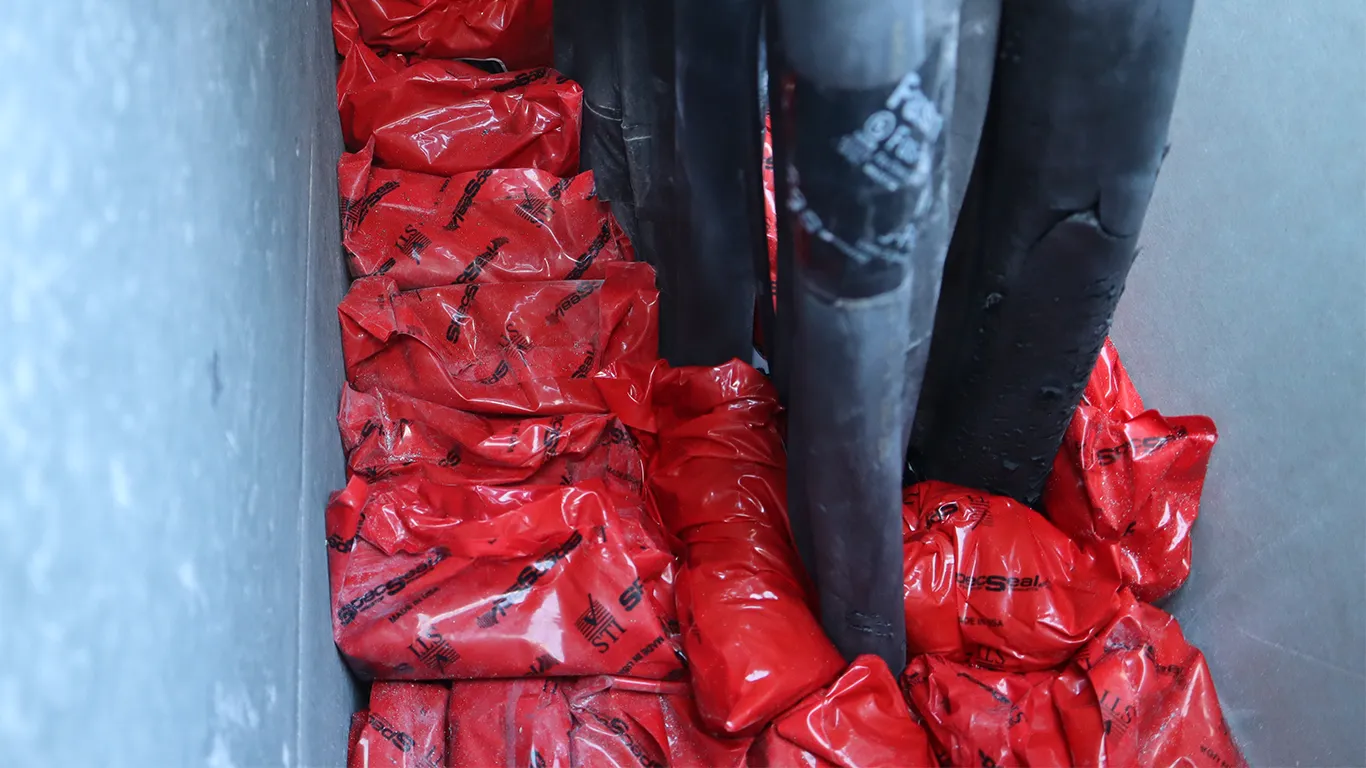Article Overview:
An explanation of the different types of firestopping products.
Where firestopping products are used.
An explanation of the firestopping process.
Some of the common issues a contractor experiences while firestopping.
Firestopping is a critical aspect of all new commercial construction, including multi-family buildings, as it helps to prevent the spread of fire and smoke throughout the building. It is a process of sealing all gaps and openings in fire rated walls, floors, and ceilings to prevent the spread of fire and smoke.
Link [Why Hiring A professional Firestop Contractor Is Important]
Fire stopping Products:
There are many of different types of firestopping products that are used in independently of each other or in combination with each other, depending on the type of tested and approved fire stop system you are following. Each has their own unique properties and specific applications.
Some of the most common types of firestopping products include:
Fire-rated caulk: Fire-rated caulk is a type of sealant that is used to seal gaps, joints, and penetrations in fire rated walls, floors, and other assemblies to prevent the spread of fire and smoke. It is typically made of a silicone or intumescent material that expands when exposed to heat, creating an effective barrier against the spread of fire and smoke.

Fire-rated putty: Just like the name says, fire rated putty is a putty which is typically made of an intumescent material that swells when exposed to heat, which fills voids to maintain the integrity of fire rated assemblies and prevent the spread of fire and smoke. Fire-rated putty is normally used around electrical boxes, cable and pipe penetrations, and at the perimeter of fire-rated assemblies.

Fire-rated foam: This is a type of foam that is used to seal gaps and openings in walls, floors, and ceilings. It is typically in non-intumescent formulations and most “fire foams” are not approved firestopping products.
Composite Sheet: Composite firestop sheets are nade of stainless steel composite sheets with an intumescent layer layered on it. it is typically used for firestopping large openings containing cables, pipes and mixed penetrants when re-penetration is not required.

Fire-stop Pillows/Blocks: Firestop pillows and/or blocks are easily compressed and conformed around any large penetrant. Equally suited for new or existing conditions, SpecSeal Pillows make short work of even the most complex through-penetration firestop conditions.

Fire-stop Collars: Firestop collars are devices that are designed and sized to fit tightly around items penetrating a fire-rated assembly. The penetrating items are typically PVC pipes and cables bundles and have an intumescent wrap strip installed inside the metal frame of the device.

Fire-rated spray: Firestop spray is a type of fire-resistant sealant that is applied in the form of a spray. It is used to seal gaps, joints, and penetrations in walls and floors to prevent the spread of fire and smoke. It typically made of an intumescent material that swells when exposed to heat, creating an effective barrier against the spread of fire and smoke. The advantage of using firestop spray is that it is easy to apply and can reach hard-to-reach areas and irregular surfaces. However, it is important to use a firestop spray that is specifically designed for the application and that meets local and national fire safety codes and standards.

Endothermic Mat: An endothermic mat is a flexible, pre-formed insulation material that can be easily wrapped around pipes, cables, and other penetrations to create a firestop seal. When exposed to heat, the endothermic mat will release stored water vapor, which will help to cool the surrounding area and slow the spread of fire. This in turn helps to keep the firestop system effective for a longer period of time, providing more time for evacuation and fire-fighting efforts.

Where do you put firestopping?
The firestopping installation process typically starts with the identification of all penetrations through fire rated assemblies (walls, floors, and ceilings). This includes all electrical, plumbing, and HVAC lines.
The next step is to determine the appropriate firestopping product for each penetration, based on the parameters of the penetration and the fire rating of the fire rated assembly, a tested and approved fire rated system will outline exactly how to the through penetration must be addressed. A tested and approved system must be followed and supporting documentation is typically required by any building or third-party inspector.
Once the appropriate firestopping system has been selected, the actual installation process begins. This typically involves cleaning the area around the penetration to remove any debris or dust, and then applying the firestopping product according to the system instructions.
The following is a outline for the entire firestopping installation process from start to finish:
- Identify all penetrations through walls, floors, and ceilings
- Electrical, Plumbing, HVAC
- Determine appropriate firestopping product for each penetration
- Type of penetration
- Fire rating of surrounding walls, floors, and ceilings
- Clean area around penetration
- Apply firestopping product according to manufacturer's instructions
During the new construction or renovation projects, there are several common fire-stopping issues that can come up.
Some of the most common fire stopping issues include:
Incorrect firestopping product selection: This occurs when the wrong type of firestopping product is used for a particular penetration.
Improper application of firestopping product: This occurs when the firestopping product is not applied in accordance with the tested and approved fire stopping system.
Lack of proper inspection: This occurs when the person(s)performing the firestopping inspection are not properly trained, nor experienced, in the technicalities of fire stopping.
Lack of proper documentation: This occurs when the firestopping installation is not properly documented, resulting in confusion and potential liability issues.







